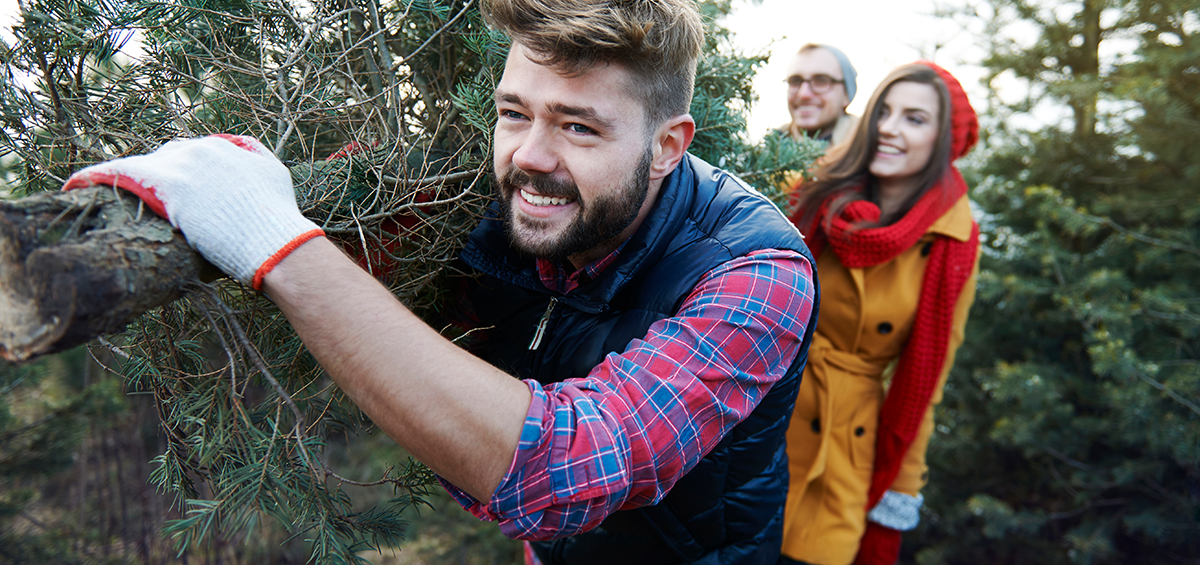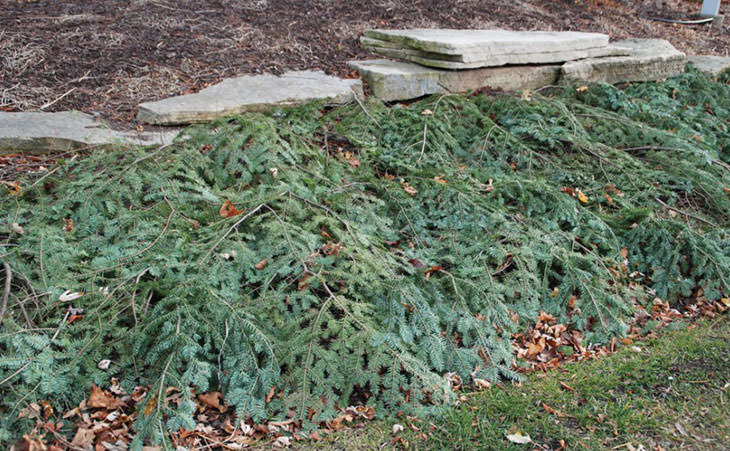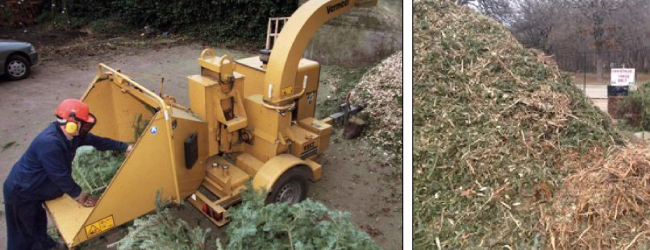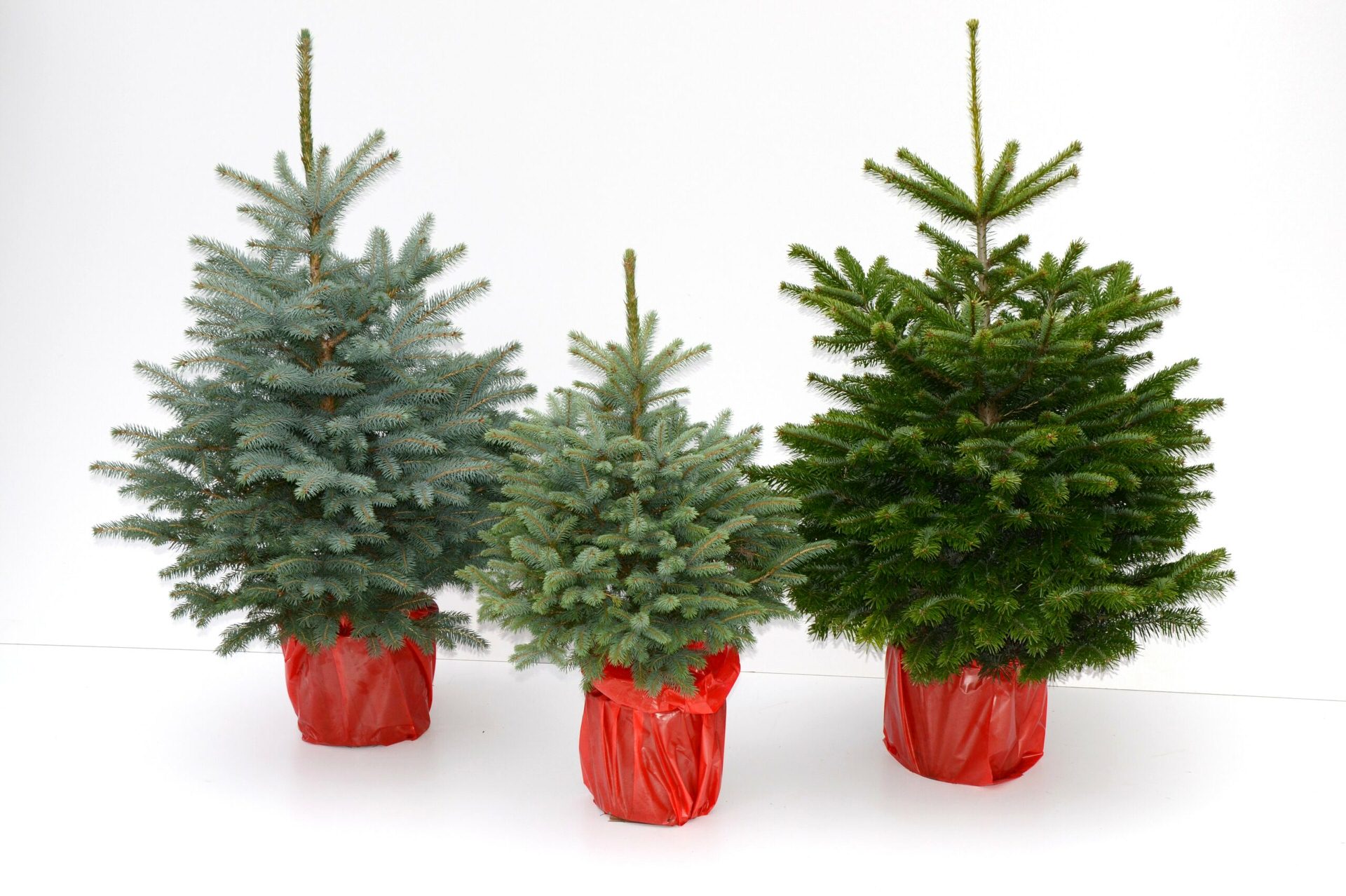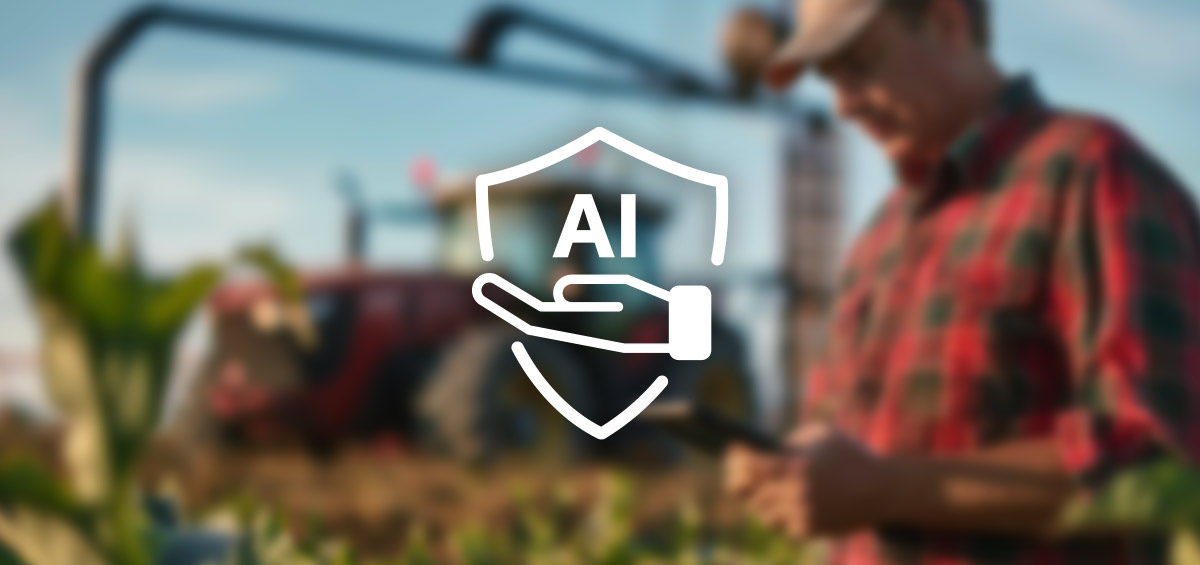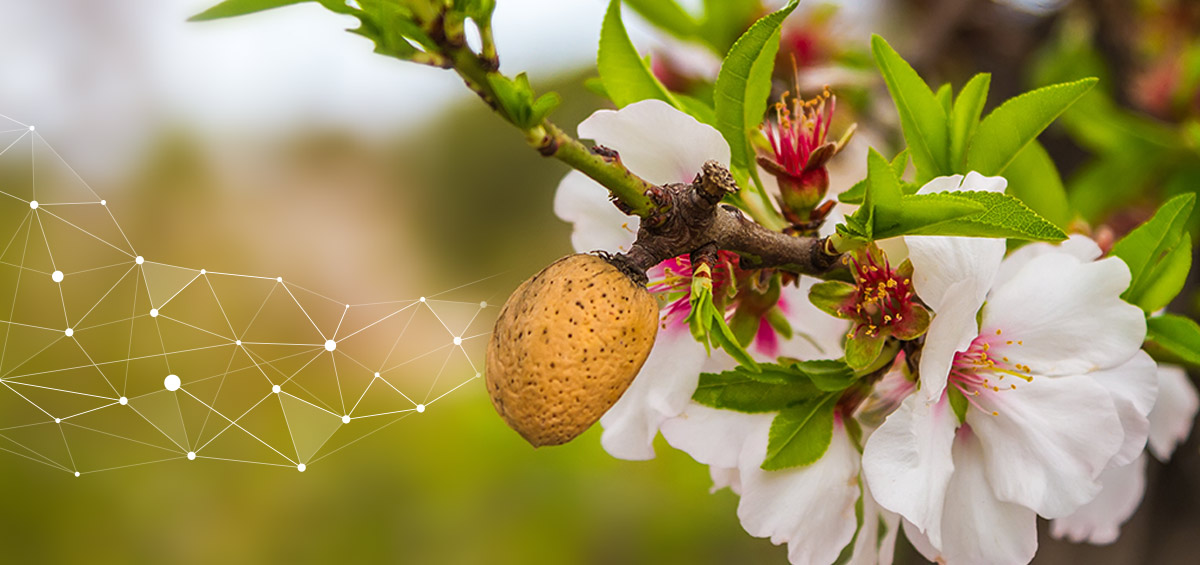Give it to the birds
Move the tree in its stand outdoors for the winter, where it can provide food and shelter for wild birds. Even better, put the tree near a bird feeder or hang bird treats from the tree—like bags of suet or a small piece of wood or thick cardboard smeared with a mix of birdseed and peanut butter—and it will not only attract birds but feed them, too.
Give it to the fish
Sink your tree in a pond. In deep water, old trees become habitats for fish and aquatic insects. In shallow wetlands, trees can act as barriers to sand and soil erosion.
Compost or chip it
Call your municipality’s administrative office to find out if your town has a special day for picking up Christmas trees or a place where you can take them after the holidays where they will be ground into wood chips and/or composted. This compost and wood chip mulch are mostly used in gardens, in order to have healthier landscapes and perfectly good organic matter. Compost and mulch from conifers is acidic, and is extremely suitable for use in blueberries, azaleas, rhododendrons, gooseberries and other plants that like acidic habitat.
Turn it into a trellis
Move the tree to a corner of your yard and in the spring set it up in your garden as a trellis for peas or beans.
Living, rooted trees
You could get a rooted (ball and burlap or containerized) tree and then plant it in your yard after Christmas. It’s a good idea to pre-dig the hole in the late fall while the soil is still soft, then plant the tree into that hole immediately after Christmas. Living trees have a better survival rate in mild climates.
Soil erosion barriers
Some communities use Christmas trees to make effective sand and soil erosion barriers, especially for lake and river shoreline stabilization and river delta sedimentation management. Recycling Christmas trees is an easy way to make a big impact on the environment. You can recycle your Christmas tree and keep it from going to overflowing landfills.
Source: Rodale’s OrganicLife
